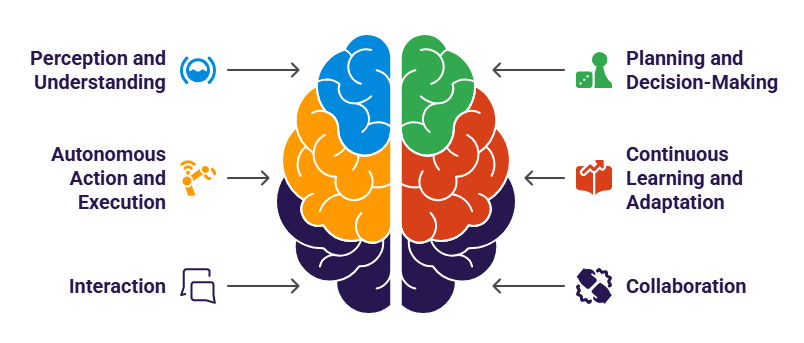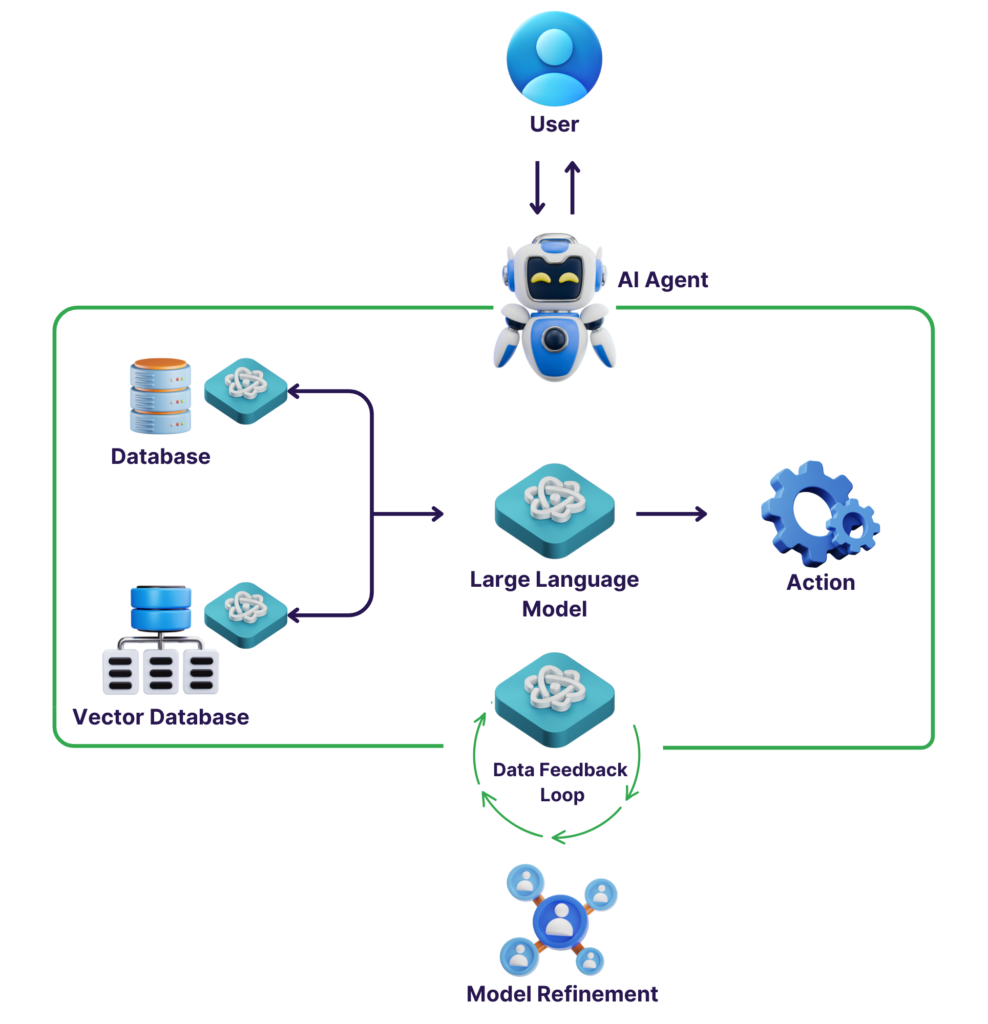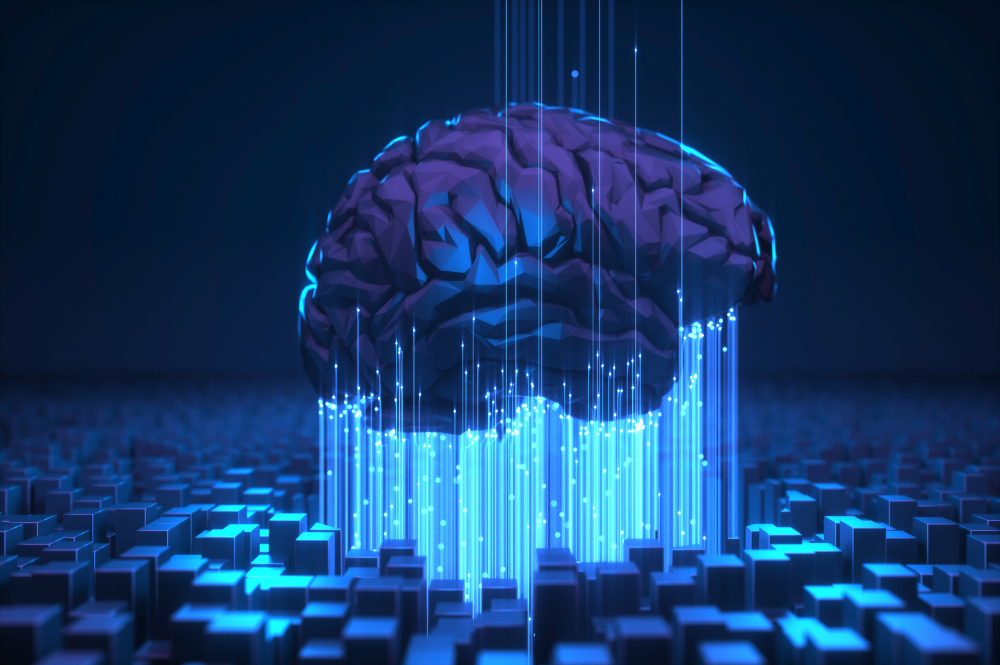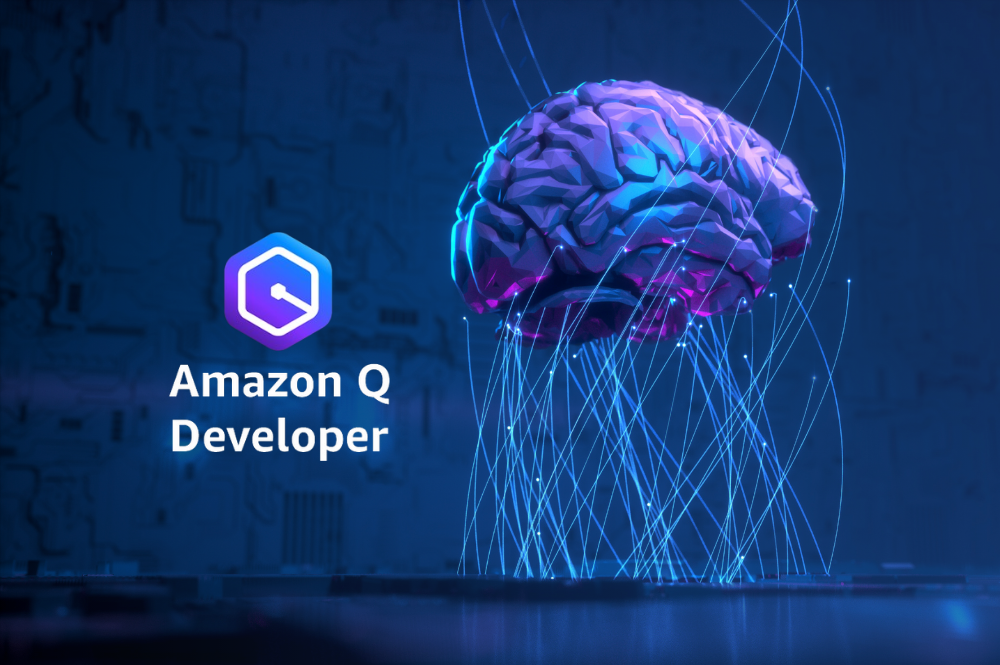Why do most AI tools still wait for you to tell them what to do? Despite the buzz around automation, today’s AI often feels more like a helpful assistant than a proactive teammate. It typically follows predefined tasks and struggles to adapt or think ahead. But a new wave is on the horizon. Agentic AI is shifting the landscape, introducing systems that are autonomous, goal-directed, capable of learning, and able to interact intelligently with users and their environments. Think of it as giving AI more “agency”.
AWS is playing a pivotal role in bringing this evolution to life. With Amazon Bedrock, businesses can access leading foundation models through a fully managed service. Amazon SageMaker enables teams to build, test, and deploy intelligent agents using ready-to-go or custom ML algorithms. And developers can streamline workflows, boost productivity, and improve code quality using AI agents in Amazon Q Developer.
In this blog, we’ll explore how Agentic AI on AWS will fundamentally reshape the way we work and innovate, opening the door to new levels of efficiency, creativity, and business potential.
What Is Agentic AI?
You’ve probably used AI that responds when prompted such as chatbots or recommendation systems. While these are helpful, they’re reactive and only do what they’re programmed to do. AI agents take things further. They’re designed to be autonomous, meaning they can make decisions, take actions, and learn independently without constant human input.
The key difference is in the level of autonomy. Traditional AI is typically rule-based or relies on machine learning models that need supervision or human input. In contrast, Agentic AI can observe, set goals, decide on a course of action, and adapt as needed, all on its own. It acts more like a proactive digital teammate than a tool that waits for commands.
When powered by platforms like AWS, Agentic AI becomes even more powerful, allowing businesses to tap into its full potential at scale.
Core Capabilities of Agentic AI
What makes these Agentic AI systems so… well, agentic? To truly understand how these AI agents work, let’s break down their core capabilities.

Figure 1: Key Features of AI Agents
- Perception and Understanding: At the heart of Agentic AI is its ability to interpret data and understand context. This includes analyzing text, recognizing images, checking code quality, or interpreting complex datasets. These agents process and make sense of information in ways that enable them to respond intelligently to various situations.
- Planning and Decision-Making: Once they have the context, Agentic AI can formulate goals, break them down into tasks, and create strategies to achieve them. This isn’t just following a script; it’s about thinking strategically, weighing different options, and deciding on the best course of action to get the job done. Not unlike a human planner.
- Autonomous Action and Execution: This is where the “agent” aspect truly stands out. Agentic AI can actively perform tasks, interact with software, control systems, and even operate robots, all without requiring us to constantly click buttons or type commands. They take the initiative and carry out their plans independently.
- Continuous Learning and Adaptation: One of the most powerful features of Agentic AI is its ability to learn and improve over time. By constantly gathering feedback, these agents can adjust their actions and strategies to enhance performance, becoming more efficient and effective the longer they work.
- Interaction and Collaboration: Lastly, Agentic AI is designed to collaborate. It can work alongside humans, other AI agents, and even interact with external systems. This capability enables seamless teamwork, whether it’s coordinating with other agents to solve complex problems or integrating with human teams to tackle real-world challenges.
How Do Autonomous Agents Work in Practice?
Autonomous AI agents simplify complex tasks by breaking them down into manageable steps. While every agent works differently depending on its purpose, the basic process remains the same.

Figure 2: Overview of How AI Agents Work
Here’s how it typically works in practice:
1. Goal Decomposition and Planning
The AI agent begins with a specific goal or instruction from the user. From there, it plans the necessary steps to achieve that goal and ensures the outcome is relevant and useful. To make the process more manageable, the agent breaks down the goal into smaller, actionable tasks, and organizes them in a logical sequence.
2. Information Acquisition
To execute its tasks effectively, the agent needs information. This could involve accessing resources such as conversation logs to analyze customer sentiment or searching the internet for up-to-date data. In some cases, the agent might even collaborate with other intelligent agents or machine learning models to gather additional insights and share information.
3. Task Execution and Evaluation
Once the agent has the required data, it methodically tackles each task in the order it’s been assigned. After completing a task, the agent moves on to the next one, continuously evaluating its progress. Throughout the process, it checks whether it’s on track to meet its goal, seeking feedback and reviewing its logs to adjust actions as needed. In some cases, the agent may identify new tasks that need to be completed in order to reach the final goal.
Why AWS Is the Launchpad for Building Agentic AI
When it comes to developing and deploying Agentic AI, AWS offers a powerful platform with a range of services that make it easier to build intelligent, autonomous agents. Let’s take a look at how key AWS services are playing a pivotal role in this transformation.
Amazon Bedrock
Amazon Bedrock Agents enables you to build autonomous agents within your applications. These agents help your end-users by performing tasks using your data and their input, managing interactions with foundation models, data sources, tools, and user conversations. They can also trigger APIs and access knowledge bases for better decisions and actions, accelerating the development of generative AI apps.
For deeper understanding, we invite you to explore our insights on Amazon Bedrock Agents, Building Generative AI Applications with Agents, and Multi-Agent Collaboration.
Amazon SageMaker
For custom AI models, Amazon SageMaker is a transformative service. It allows you to build, train, and deploy models specifically tailored for agentic capabilities. With SageMaker, you can experiment with, test, and deploy AI agents using both ready-to-deploy and customizable machine learning algorithms. This flexibility means you can create models that are optimized to meet the unique needs of your autonomous agents.
Amazon Q Developer Agents
Amazon Q Developer takes things to the next level by offering prebuilt autonomous agents specifically designed to streamline the software development process. These AI-powered agents assist with documentation, unit testing, and code reviews, allowing developers to boost productivity and improve code quality. As development accelerates, these agents help automate routine tasks which empowers developers to focus on innovation. For more details on how these agents enhance code security and productivity, explore our blog on Amazon Q Developer.
Serverless Technologies (AWS Lambda, AWS Step Functions)
AWS’s serverless offerings, such as AWS Lambda and AWS Step Functions, play a crucial role in supporting the scalability and event-driven nature of autonomous agents. AWS Lambda enables you to run code without provisioning servers, while AWS Step Functions help you coordinate multiple AWS services into serverless workflows. Together, these technologies make it easier to build scalable, responsive, and efficient architectures for Agentic AI.
How Autonomous Agents Are Powering the Future of Work
Autonomous agents are already transforming industries and the way we work, streamlining processes, and driving innovation in areas you might not expect. These agents are doing much more than performing basic tasks; they’re becoming essential players in everything from customer service to healthcare and software development.
Here are just a few glimpses into how they’re already starting to reshape things:
- Customer Interactions: Intelligent agents are now handling 24/7 ticket resolution and smart routing. They can understand customer issues, prioritize requests, and even resolve complex problems without needing human intervention. This helps to drastically improve response times and customer satisfaction.
- Software Development: Developers are increasingly relying on autonomous agents to handle tasks such as code generation, testing, and refactoring. These agents not only speed up the development process but also help ensure that code quality is consistently high.
- Content Creation: AI agents are now assisting with and even fully automating content creation, including writing blog posts, creating personalized marketing campaigns, and generating visuals. They help teams scale their efforts and target audiences more effectively.
- Healthcare: Autonomous agents are making strides in healthcare by assisting with tasks like clinical summarization and patient triage. By analyzing patient data and delivering real-time insights, they help healthcare providers make more informed decisions quickly.
- Video Analytics: From real-time tagging to extracting metadata, AI agents are improving video analysis. They process video data and take proactive actions based on their findings, whether it’s for security monitoring or content analysis.
- Cross-Industry Applications: These autonomous agents are also powering business operations by automating HR processes, supporting finance teams with fraud detection and analysis, and helping marketing teams create hyper-targeted campaigns. The potential is huge, and with the right tools like AWS, these agents are only getting smarter and more capable.
Important Considerations for the Adoption of AI Agents
While Agentic AI holds incredible potential, there are a few challenges that businesses must navigate to fully harness its power:
- Ethical Implications: Autonomous decision-making by AI agents raises concerns around bias, fairness, and the potential impact on jobs, requiring careful consideration and oversight.
- Security and Privacy: Protecting the sensitive data used and generated by AI agents is critical, as any vulnerabilities could lead to breaches or misuse.
- Skill Gaps and the Need for Training: To effectively manage and interact with AI agents, there’s a growing need to upskill the workforce, ensuring employees are equipped to handle new technologies.
- Integration and Interoperability: Integrating AI agents with existing systems and ensuring they work seamlessly together can be complex, requiring robust architecture and planning.
- The Role of Responsible AI Frameworks on AWS: AWS offers a range of services and best practices to help businesses build and deploy AI responsibly, ensuring security, fairness, and ethical standards are met.
The Future Is Agentic: Reimagine Possibilities with Cloudelligent
The future of work is no longer just digital. It’s autonomous! With the rise of Agentic AI on AWS, we’re entering an era where intelligent software agents can reason, act, and collaborate independently to drive business outcomes. From automating repetitive tasks to orchestrating complex workflows, these AI-powered agents are poised to transform how teams operate, solve problems, and innovate.
Cloudelligent empowers you to harness the full potential of Agentic AI on AWS, be it building intelligent applications from the ground up or integrating autonomous agents into existing workflows. Our AI/ML solutions streamline operations, enhance decision-making, and simplify complexity to deliver meaningful outcomes at scale.
The age of AI Agents has arrived. Is your business ready? Start with our FREE AI and Machine Learning Consultation to uncover how Agentic AI can elevate your operations. Faster, smarter, and more autonomously.










